How To Paint Raised Panel Kitchen Cabinet Doors

Enjoyed the project?
Comments
Join the conversation
-
 Katherine DePallo
on Aug 21, 2017
Katherine DePallo
on Aug 21, 2017
Thank you for giving me the hoot-spa to start this project. My cabinets are from the 80's, they are in great shape but do need to be in the present. I do have a couple of questions:
* The polyurethane is peeling off - I'm assuming that I have to sand to prep before applying the paint, and filling in the cabinet knob holes?
* Do you put a seal on the cabinets afterwards, or is the seal in the paint?
*When the cabinet doors are off, do you do the front of the interior cabinet that shows when you open the cabinet doors?
* How long do you wait to rehang the cabinet doors?
Thank you again for sharing. I'm so inspired!
-
-
 At Home With The Ellingtons
on Aug 21, 2017
At Home With The Ellingtons
on Aug 21, 2017
Hey Katherine! I'm just getting over a migraine so I'm going to keep this short and refer you to the series of posts I did on the makeover. I gave very detailed instructions for each process from taking down the doors to prepping (most important), tools used, # of coats, etc. If you have any questions after reading the posts then I'll be happy to answer them. I don't always check for comments on HomeTalk so you will get a quicker answer if you leave a comment on the blog. Just an FYI, I did our kid's bathroom about 4-6 months before starting the kitchen and used GF paint but used a different sealer and that paint has chipped. The GF sealer formed a really hard coat unlike the sealer I used for the bathroom. I really think the GF products are superior and would highly recommend sticking with them.
-



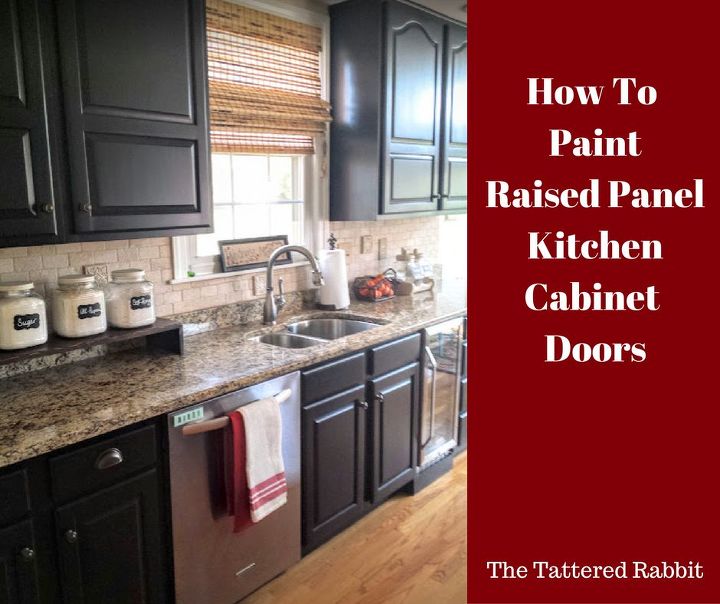







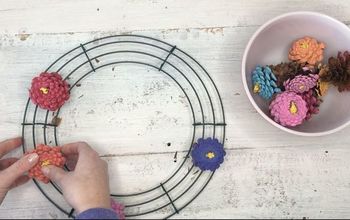




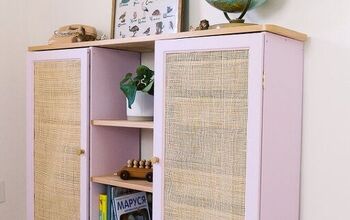





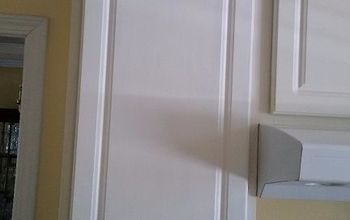
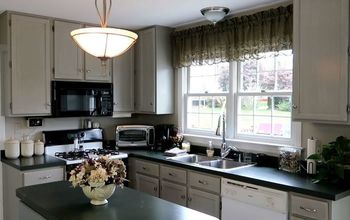
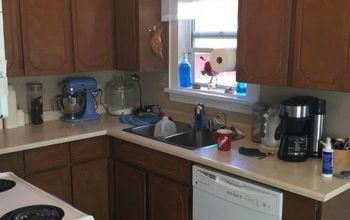

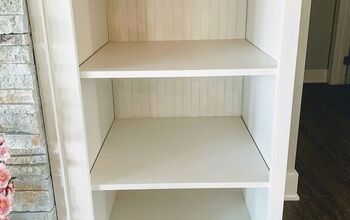
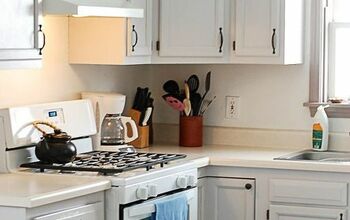
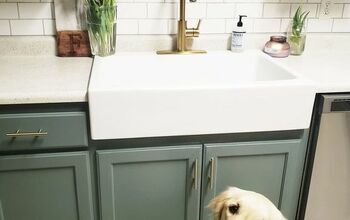
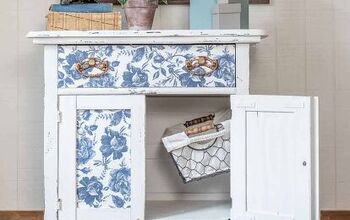


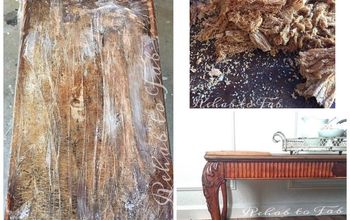
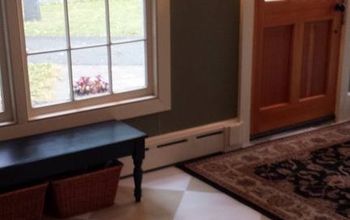
Frequently asked questions
Have a question about this project?
I am trying to “hop over to your blog post” for more detailed information but it is taking me to this godaddy site. What am I doing wrong?